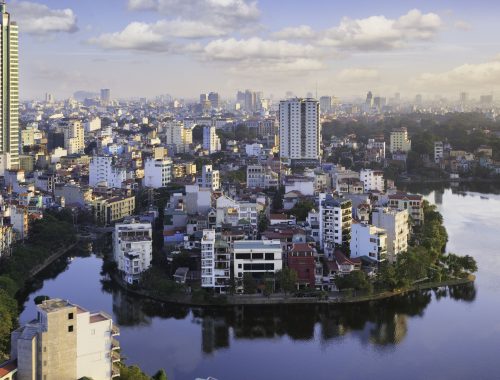
Latin American Literature
A strong sense of place, unique characters, political criticism, and magical realism are staples in Latin American literature. Magical realism is characterized by the matter-of-fact inclusion of fantastic and mythical elements into realistic fiction. A blend of the improbable and the mundane.
One of the most influential times for Latin American literature was between the 60s and the 80s; with authors, thinkers and scholars such as Jorge Luís Borges, Carlos Fuentes, Julio Cortázar, Pablo Neruda, Mario Vargas Llosa, Gabriel García Márquez, and Juan José Arreola, among others, representing the continent’s literary scene.
Here are a couple of recommendations (from poems to short stories, to novels) of some of our most beloved Latinx authors:
- Gabriel García Márquez. (1927-2004) – Colombia.
One Hundred Years of Solitude (1967)
Love in the Time of Cholera (1985)
- Isabel Allende. (1942-) – Chile.
The House of the Spirits (1982)
Daughter of Fortune (1999)
- Laura Ezquivel. (1950-) – Mexico.
Like Water for Chocolate (1995)
- Julio Cortázar. (1914-1984) – Argentina.
Hopscotch (1963)
Bestiario (1951)
- Carlos Fuentes. (1928-2012) – Mexico.
Aura (1962)
The Death of Artemio Cruz (1962)
- Jorge Luis Borges. (1899-1986) – Argentina.
Fictions (1944)
Labyrinths (1962)
- Octavio Paz. (1914-1998) – Mexico.
The Labyrinth of Solitude (1950)
Eagle or Sun? (1951)
- Mario Benedetti. (1920 -2009) – Uruguay.
The Truce (1960)
Antología poética (1984)
- Pablo Neruda. (1904-1973) – Chile.
Twenty Love Poems and a Desperate Song (1924)
100 Love Sonnets (1956)
- Mario Vargas Llosa. (1936-) – Peru.
The Time of the Hero (1963)
The Green House (1966)
You May Also Like

Fire in Mom’s house
12 April 2014
Travelling around Asia and Europe
8 September 2023

